Myths about teaching can hold you back


- Year 10•
- Foundation
Checking and securing understanding of circles
I can identify the parts of a circle and calculate the perimeter and area of a circle.


- Year 10•
- Foundation
Checking and securing understanding of circles
I can identify the parts of a circle and calculate the perimeter and area of a circle.
These resources were made for remote use during the pandemic, not classroom teaching.
Switch to our new teaching resources now - designed by teachers and leading subject experts, and tested in classrooms.
Lesson details
Key learning points
- A chord splits the circle into two uneven pieces.
- The smaller piece is the minor segment and the larger is the major segment.
- Sectors look familiar as you broke a circle into sectors to draw a pie chart.
- The circumference of a circle is found using C = πd or C = 2πr
- The area of a circle is found using A = πr²
Keywords
Chord - A chord is any line segment joining two points on the circumference of a circle.
Segment - Two segments are created when dividing a circle into two parts using a chord.
Sector - A sector is the region formed between two radii and their connecting arc.
Arc - An arc is part of a curve. An arc of a circle is part of the circle’s circumference.
Common misconception
"Any line segment starting from the centre of a circle is a radius."
It is true that one endpoint of a radius must be at the centre of a circle. However, the other endpoint must be on the circumference of the circle. This second endpoint cannot be inside or outside of the circle.
To help you plan your year 10 maths lesson on: Checking and securing understanding of circles, download all teaching resources for free and adapt to suit your pupils' needs...
To help you plan your year 10 maths lesson on: Checking and securing understanding of circles, download all teaching resources for free and adapt to suit your pupils' needs.
The starter quiz will activate and check your pupils' prior knowledge, with versions available both with and without answers in PDF format.
We use learning cycles to break down learning into key concepts or ideas linked to the learning outcome. Each learning cycle features explanations with checks for understanding and practice tasks with feedback. All of this is found in our slide decks, ready for you to download and edit. The practice tasks are also available as printable worksheets and some lessons have additional materials with extra material you might need for teaching the lesson.
The assessment exit quiz will test your pupils' understanding of the key learning points.
Our video is a tool for planning, showing how other teachers might teach the lesson, offering helpful tips, modelled explanations and inspiration for your own delivery in the classroom. Plus, you can set it as homework or revision for pupils and keep their learning on track by sharing an online pupil version of this lesson.
Explore more key stage 4 maths lessons from the 2D and 3D shape: compound shapes unit, dive into the full secondary maths curriculum, or learn more about lesson planning.

Licence
Prior knowledge starter quiz
6 Questions
Q1.Which of these shapes are polygons?

Q2.Which of these statements correctly explains why this shape is not a polygon?
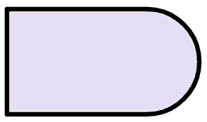
Q3.1 centilitre equals $$1 \over 100$$ litres.
Match each letter in the ratio table to its value to convert 4040 cl into litres.
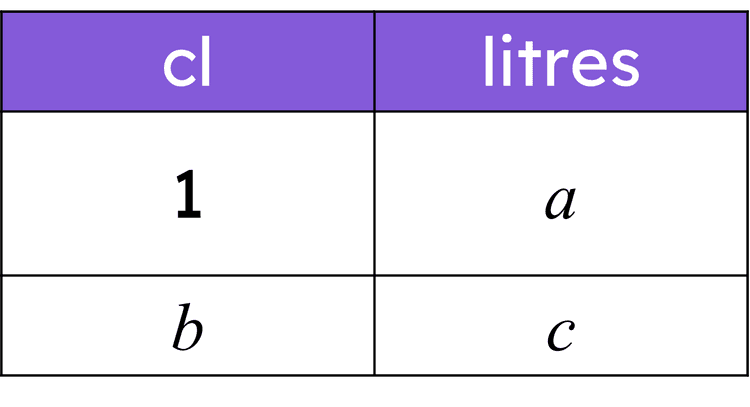
$$a$$ -
$$1 \over 100$$
$$b$$ -
4040
$$c$$ -
40.4
Q4.0.065 litres = centilitres.
Q5.The perimeter of this parallelogram is cm.
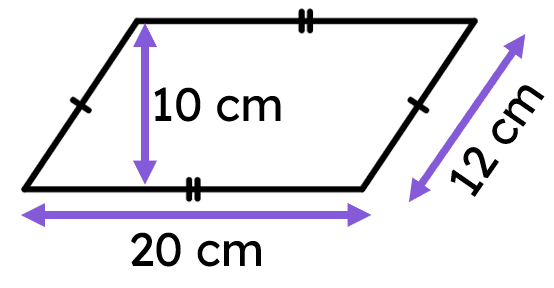
Q6.The area of this parallelogram is cm².

Assessment exit quiz
6 Questions
Q1.Each diagram shows a different part of a circle. Match each part of a circle to its name.
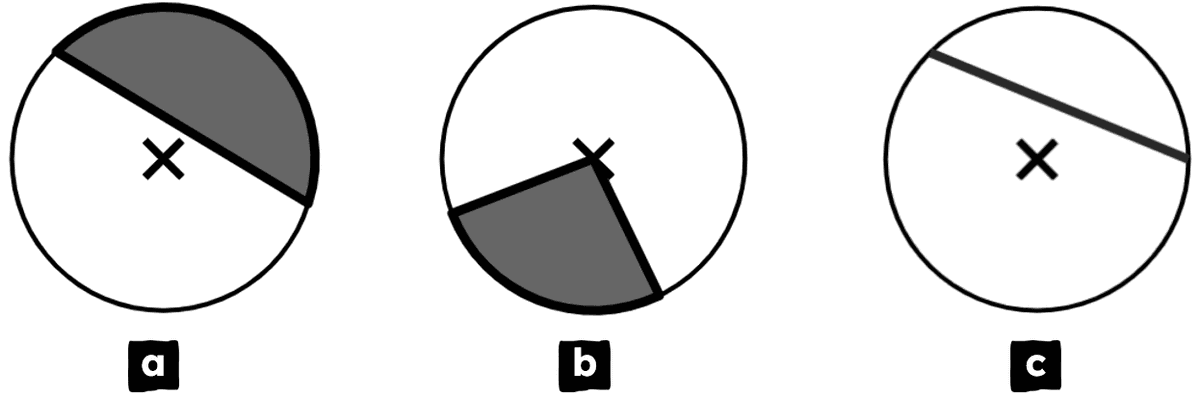
Diagram a -
segment
Diagram b -
sector
Diagram c -
chord
Q2.The length of the diameter of this circle is inches.
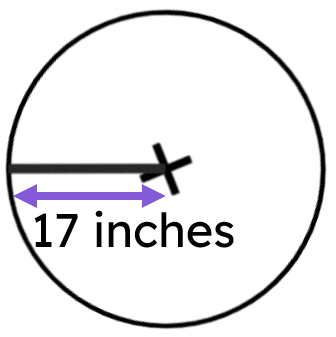
Q3.The circumference of a circle is 150 cm.
Which of these statements is correct about the circle?
Q4.The diameter of a circle is 60 cm.
Which of these statements is correct about the circle?
Q5.The radius of a circle is 9 cm.
Which of these statements is correct about the circle?
Q6.The area of this circle can be calculated from the equation $$A = \pi \times 62^2$$.
Match each property of the circle to its value.
radius (in cm) -
62
diameter (in cm) -
124
circumference (in cm) -
124$$\pi$$
area (in cm²) -
12 076.28

